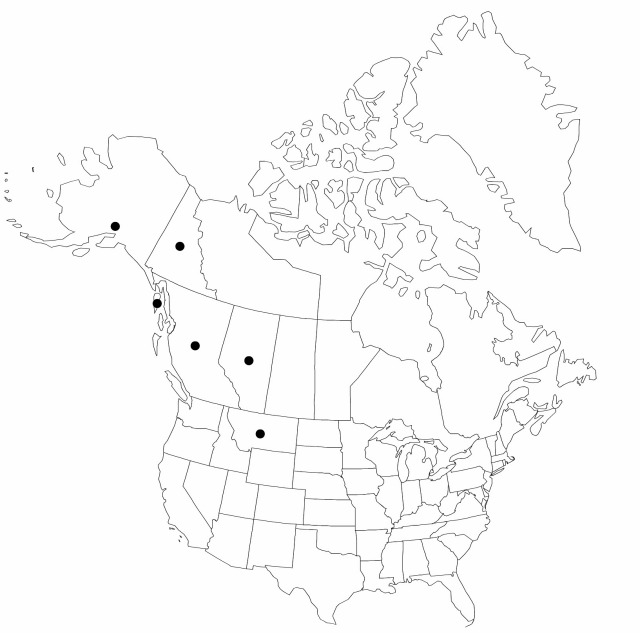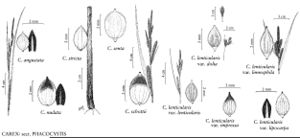Difference between revisions of "Carex lenticularis var. dolia"
Syst. Bot. Monogr. 7: 62. 1985.
FNA>Volume Importer |
imported>Volume Importer |
||
| (2 intermediate revisions by 2 users not shown) | |||
| Line 6: | Line 6: | ||
|place=7: 62. 1985 | |place=7: 62. 1985 | ||
|year=1985 | |year=1985 | ||
| + | }} | ||
| + | |special_status={{Treatment/ID/Special_status | ||
| + | |code=F | ||
| + | |label=Illustrated | ||
| + | }}{{Treatment/ID/Special_status | ||
| + | |code=E | ||
| + | |label=Endemic | ||
}} | }} | ||
|basionyms={{Treatment/ID/Basionym | |basionyms={{Treatment/ID/Basionym | ||
| Line 63: | Line 70: | ||
|publication title=Syst. Bot. Monogr. | |publication title=Syst. Bot. Monogr. | ||
|publication year=1985 | |publication year=1985 | ||
| − | |special status= | + | |special status=Illustrated;Endemic |
| − | |source xml=https:// | + | |source xml=https://bitbucket.org/aafc-mbb/fna-data-curation/src/2e0870ddd59836b60bcf96646a41e87ea5a5943a/coarse_grained_fna_xml/V23/V23_696.xml |
|genus=Carex | |genus=Carex | ||
|section=Carex sect. Phacocystis | |section=Carex sect. Phacocystis | ||
Latest revision as of 20:42, 5 November 2020
Culms 3–35 cm. Leaf blades 1.5–2.5 mm wide. Inflorescences: peduncle of proximal spike less than 1 cm; proximal bract red-brown at base, 1–2 mm wide. Spikes: proximal 3–4 spikes pistillate, 0.9–1.5 cm × 2–4 mm; terminal spike gynecandrous. Pistillate scales red-brown or black. Perigynia 5–7-veined on each face, ovoid, 1.8–2.5 × 1.2–1.5 mm; stipe to 0.5 mm; beak red-brown, 0.2 mm.
Phenology: Fruiting Aug–Sep.
Habitat: Gravelly soils on seasonally flooded stream and lakeshores or seeps
Elevation: 1500–3000 m
Distribution

Alta., B.C., Yukon, Alaska, Mont.
Discussion
Carex lenticularis var. dolia is an infrequent taxon of high elevations in the northern Rocky Mountains and can be separated from var. lipocarpa by the lax habit, the compact inflorescence, the gynecandrous terminal spike, and the ovoid perigynia. It appears to hybridize with var. lipocarpa in Montana. Carex eleusinoides is similar in inflorescence morphology, but may be distinguished by its red basal sheaths and short, veinless perigynia. The eastern C. rufina is also very similar in inflorescence morphology; it differs in the short, subsessile, ellipsoid perigynia.
Selected References
None.
